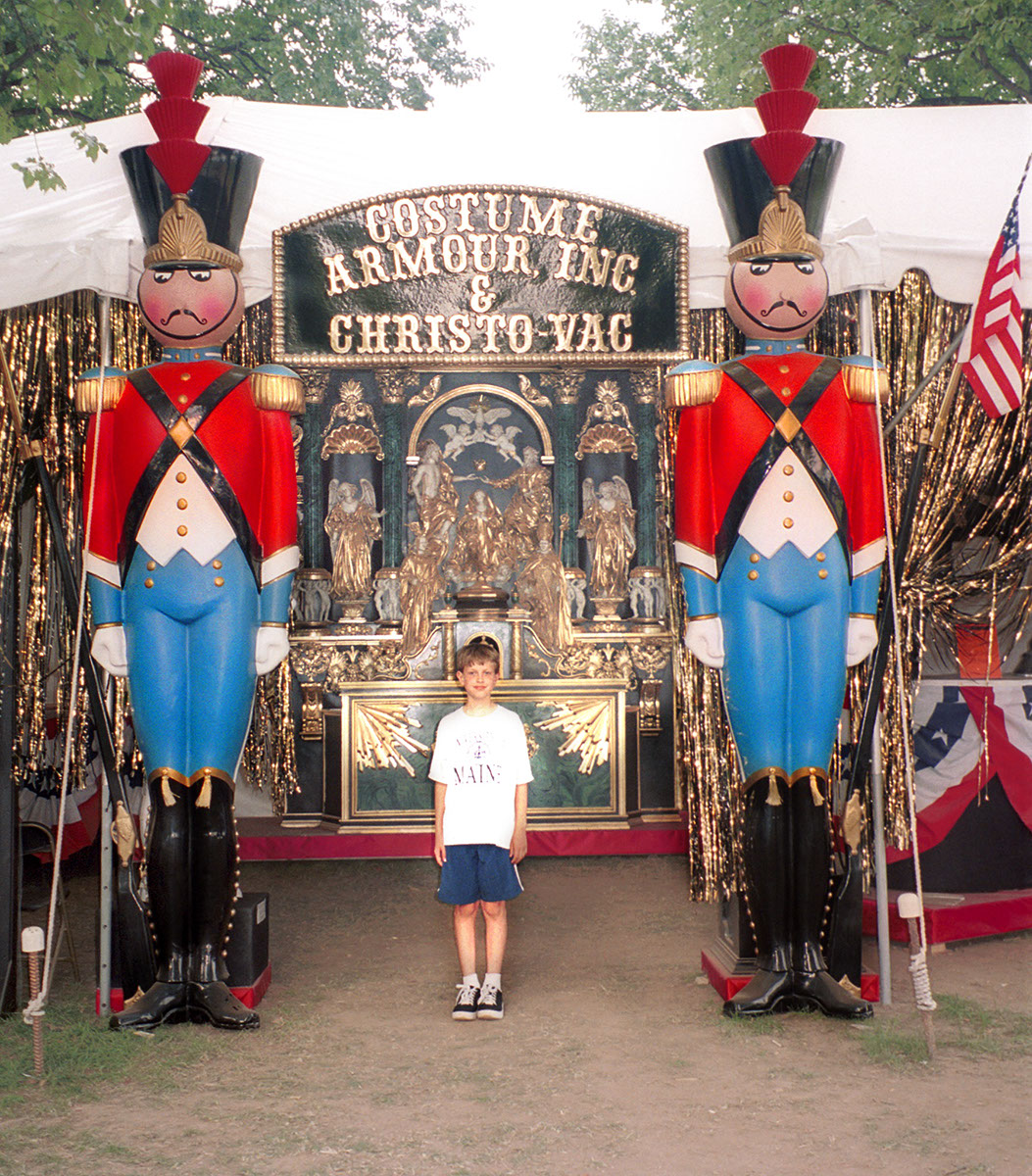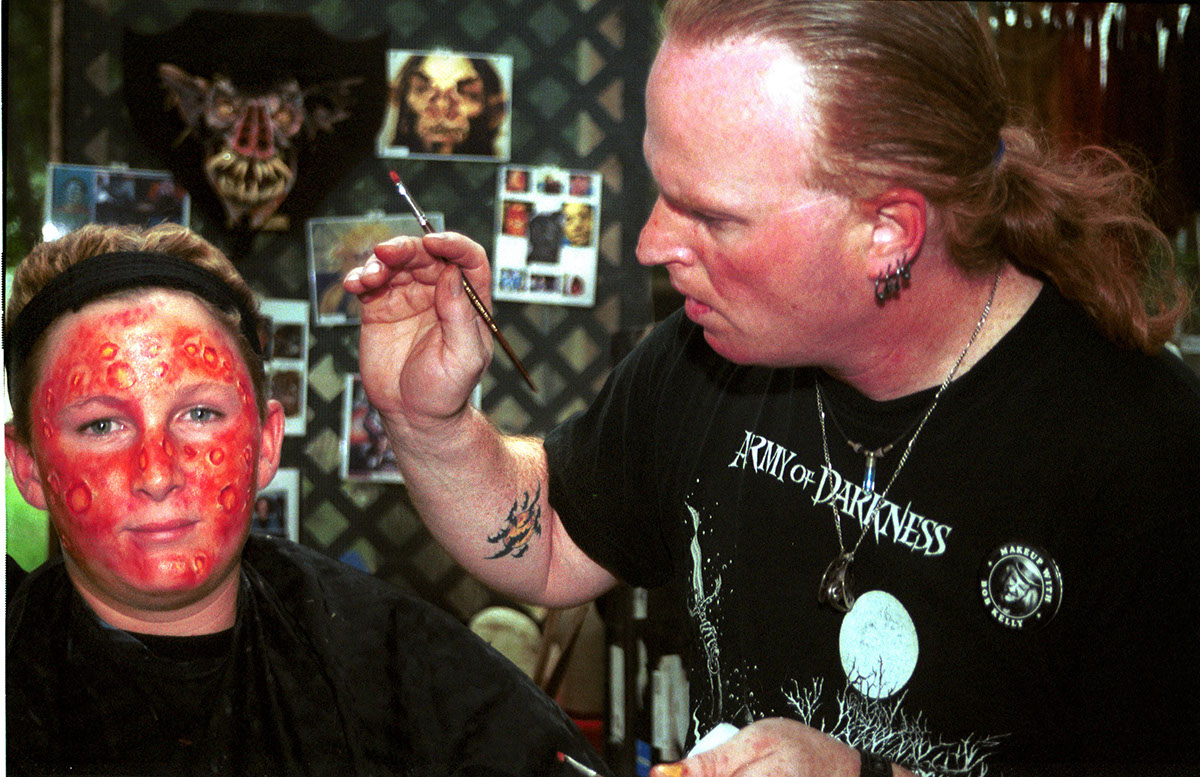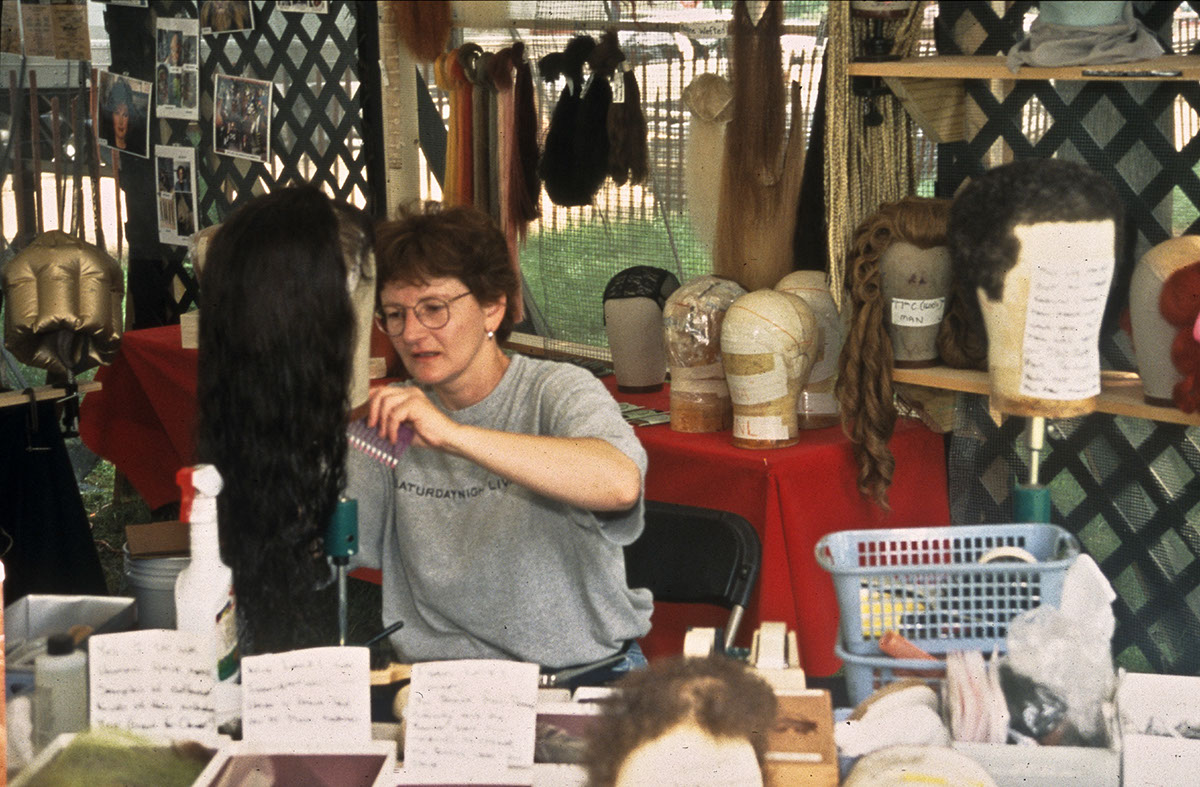At first, it might seem like an oxymoron to talk about the "folklore" or "folklife" of one of the world's most modern cities, but daily life in New York would be impossible without this body of shared urban traditions, of collective community knowledge, customs, historical memories, and cultural understandings that constitutes the folklife of the city. lt provides the basic ground rules that shape how New Yorkers interact with their families, their colleagues, and their fellow New Yorkers. From subway etiquette to local street food to stickball games, these traditions give New York City its unique sense of place.
ln addition to a shared urban culture, most New Yorkers also have one or more reservoirs of specialized traditional knowledge, which they have acquired from their ethnic and/or religious upbringing, working in a particular occupation, or living in a specific area of the city. The innumerable, multifaceted ways in which these factors interact are what make New York and New Yorkers so fascinating. Of course, it was impossible to cover all aspects of New York's culture in a single event, but by approaching city culture thematically, and by carefully selecting examples that highlight different aspects of work, life, and leisure in New York, New York City at the Smithsonian sought to acquaint Festival visitors with both the ordinary and extraordinary aspects of life in Gotham.
What gives New York a sense of being different is not merely tbe myriad ethnic and interest groups that are found in the city, but the complex ways in which they overlap and interact. The physical landscape of New York - the lack of space, the reliance on mass transit by people of vastly differing backgrounds, neighborhoods which are home to both the very rich and the extremely poor - makes it impossible for New Yorkers to ignore the influence of "others." From kosher Chinese restaurants to lrish hip-hop groups to Mexican pizzas, cultures from all corners of the globe have influenced one another in New York, in part because of their physical proximity.
The 2001 Smithsonian Folklife Festival celebrated just a few of the innumerable manifestations of traditional culture in New York City. More importantly, fieldwork leading up to the Festival allowed the Smithsonian, working in close collaboration with city-based cultural organizations and ethnic and occupational communities, to document daily life in New York City at the turn of the millennium. Material collected during the course of this research, as well as information recorded during and after the Festival, will significantly enrich the Smithsonian's archival holdings about New York City. A century from now, when scholars and writers want to know what it was like to live in New York in 2001, to work on Broadway, to drive a taxi, to trade stocks on Wall Street, or teach English in a school filled with recent immigrants, they can turn to the documentation collected by this project. That body of documentation - and the recordings and photographs made during the Festival itself - took on increased importance with the events of September 11, 2001, barely three months after the Festival had closed, which emphasized to all observers how the cultural values of New Yorkers, vividly on display to Festival visitors, also provided them a reservoir of resiliency to surmount those tragic events.
Nancy Groce was Senior Curator for the program, supported by several Area Curators: Ray Allen, music; Marion Jacobson, urban fashion; Annie Hauck-Lawson, foodways; Cathy Ragland, music; Ethel Raim, music; Henry Sapoznik, media; Brian Thompson, Wall Street; Kay Turner, Wall Street; and Steve Zeitlin, neighborhood. Arlene Reiniger was Program Coordinator.
An Advisory Committee included: Ruth Abram, Director, Lower East Side Tenement Museum; Gladys Pena Acosta, Director, RAICES; Ray Allen, Director, American Studies Program, Brooklyn College/CUNY; Gage Averill, Chair, Music Department, New York University; Fatima Bercht, Chief Curator, El Museo del Barrio; Melody Capote, Executive Director, Caribbean Culture Center/African Diaspora Institute; Barbara Cohen-Stratyner, Curator, New York Public Library for the Performing Arts; Cara De Silva, Food Historian; Miriam De Uriarte, Director of Education, El Museo del Barrio; Howard Dodson, Director, Schomburg Center for Research in Black Culture/NYPL; Sharon E. Dunn, Senior Assistant for the Arts, New York City Board of Education; Juan Flores, Professor, Black and Puerto Rican Studies, Hunter College/CUNY; Laura Hansen, Director, Place Matters, Municipal Art Society; John Haworth, Assistant Director, National Museum of the American Indian; Ellie Hisama, Director, Institute for Studies in American Music, Brooklyn College/CUNY; Barbara Kirshenblatt-Gimblett, Professor, Performance Studies Department, NYU; Leah Krauss, Program Officer, The New York Community Trust; Susana Torruella Leva!, Executive Director, El Museo del Barrio; Robert MacDonald, Executive Director, Museum of the City of New York; Fay Chew Matsuda, Executive Director, Museum of Chinese in the Americas; Ethel Raim, Executive Director, Center for Traditional Music and Dance; Jan Seidler Ramirez, Vice President of Public Affairs, New York Historical Society; Frances A. Resheske, Vice President of Public Affairs, Consolidated Edison Company; Joseph Sciarra, Academic Programs, Calandra Italian American Institute, Queens College; Gabrielle Shubert, Director, New York Transit Museum; Pravina Shukla, Assistant Professor, Folklore Department, Indiana University; John Kuo Wei Tchen, Director, Asian/Pacific/American Studies Program & Institute, NYU; Brian Thompson, Director, Museum of American Financial History; Michael Wallace, Historian and Author, CUNY; Steve Wheeler, Archivist, New York Stock Exchange; Theodora Yoshikami, Multicultural Program, American Museum of Natural History; Steven Zeitlin, Executive Director, City Lore: The Center for Urban Culture.
The program was produced in collaboration with New York's Center for Traditional Music and Dance and City Lore, with major funding from the New York City Council, the New York City Department of Cultural Affairs, Howard P. Milstein, and the New York Stock Exchange. The Leadership Committee was cochaired by The Honorable Daniel Patrick Moynihan and Elizabeth Moynihan and corporate chairman Howard P. Milstein. Major support was provided by Amtrak, Con Edison, the Recording Industries Music Performance Trust Funds, Arthur Pacheco, and the Metropolitan Transportation Authority. Major contributors included The New York Community Trust, The Coca-Cola Company, The Durst Foundation, the May & Samuel Rudin Family Foundation, Leonard Litwin, Bernard Mendik, and Stephen and Judy Gluckstern. Additional donors included Emigrant Savings Bank, Jeffrey Gural, Lester Morse, Richard Schwartz, Michael Bloomberg, Keyspan Energy, Martin Segal, and Earle Mack.







